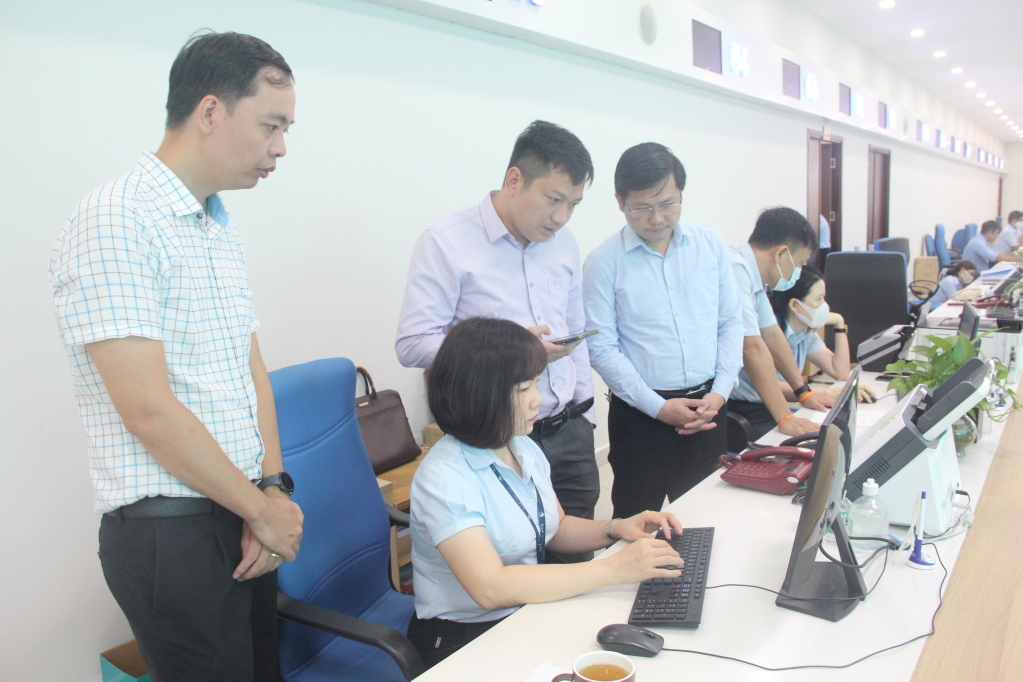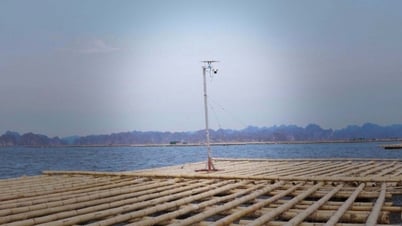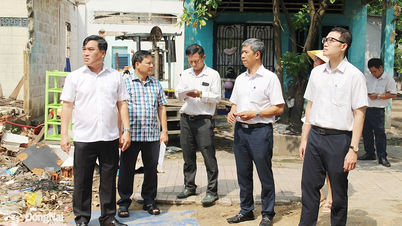In the process of comprehensive digital transformation, when information technology (IT) is strongly applied in industries and socio-economic life, IT and telecommunications infrastructure is one of the prerequisite factors affecting the operation of systems. Although many achievements have been made in developing IT infrastructure systems, in the current new journey with many higher requirements, Quang Ninh province needs to further improve the quality of infrastructure serving digital transformation.

According to the report of the Department of Information and Communications, by the end of 2022, the province's telecommunications infrastructure parameters basically reached a level higher than the national average. Of which, mobile broadband subscribers reached 88.9 subscribers/100 people (the national average was nearly 85 subscribers/100 people); broadband coverage area (3G, 4G) in the province reached 79% (the national average was about 72%). By the end of 2022, the rate of shared passive telecommunications infrastructure reached 29%, 9% higher than the national average.
With the foundation of telecommunications infrastructure, the province's network infrastructure basically meets the work requirements. Currently, the province has 294 transmission lines provided by VNPT Quang Ninh, used for online video conferencing systems and wide area networks (WAN) operating on dedicated data networks (SLCD) serving the province's e-government system. The intra-provincial WAN network is also basically meeting the task of transmitting data for the province's e-government system (document management, online public services, electronic one-stop shop, official email system, provincial electronic information portal, etc.).
In addition, the intra-provincial WAN provides connection from the provincial data sharing and integration hub (LGSP) to the national data sharing and integration hub (NDXP) and connects to the national electronic document management system (CPNet). Along with that, the IT equipment system serving the work of the state administrative apparatus is also basically meeting the work requirements.
Although the province's IT infrastructure system operates relatively stably, serving the province's tasks in the digital transformation process, however, with the increasing requirements for hardware and software, the province's IT infrastructure system has also begun to reveal some limitations. Sharing with reporters about this content, Deputy Director of the Department of Information and Communications Dinh Sy Nguyen said: Up to now, the IT infrastructure system built from the previous phase of the Quang Ninh Province e-Government Project has begun to degrade, depreciate, and break down.
The firewall system, servers, storage devices, backup devices, and information security devices at the headquarters of the People's Committee at the commune level according to the e-government system are outdated, damaged, and have not been regularly upgraded, leading to slow operation, sometimes causing work interruptions, affecting the work processing of agencies, units, and localities, and not ensuring information security...

Along with that, the issue of developing IT infrastructure to serve the province's digital transformation also encountered some bottlenecks. Typically, the progress of implementation and disbursement of some projects and tasks on IT and digital transformation to develop infrastructure and digital platforms after being approved and allocated funds by the Provincial People's Committee is still slow; the progress of investment preparation for projects has not yet reached the set schedule due to the apprehension of some agencies and units in the process of appraising and implementing projects and tasks applying IT...
The purchase of IT equipment in the form of centralized procurement in the past 2 years has not been implemented, leading to many impacts on ensuring working equipment and handling work of agencies, units and localities. Many IT equipment of units and localities are now broken, there is no equipment to work, serve to resolve administrative procedures for people...
To overcome the limitations of IT infrastructure to serve the comprehensive digital transformation process in the new period, the province has set out a number of key tasks, prioritizing resources to complete the upgrading of the electronic one-stop system and the provincial Public Service Portal to meet the regulations and requirements on implementing the one-stop mechanism and the interconnected one-stop mechanism according to Decree No. 61/2018/ND-CP (dated April 23, 2018) of the Government and implementing administrative procedures in the electronic environment according to Decree No. 45/2020/ND-CP (dated April 8, 2020) of the Government.
Agencies, units and localities are also quickly reviewing and allocating resources to upgrade and standardize IT infrastructure, including WAN, LAN, computer equipment for the work of civil servants, public employees, etc.; upgrading software systems to ensure network safety and security for e-government and digital government operations.
Currently, the Department of Information and Communications continues to convert IPv6 addresses for the province's systems; develop high-quality broadband telecommunications infrastructure in the direction of deploying 2G shutdown, minimizing 3G stations, increasing the proportion of 4G stations as the main infrastructure, promoting the development of 5G network infrastructure in industrial parks, urban areas, tourist areas and provincial hospitals. Relevant departments, branches and units are urgently accelerating the development of the Quang Ninh province's digital infrastructure development plan to 2025, with a vision to 2030. In particular, specific tasks and targets for the development of IT infrastructure to serve the province's digital transformation requirements in the new period are set out.
Source


























![[Photo] Nearly 104,000 candidates in Hanoi complete procedures to take the 10th grade entrance exam](https://vphoto.vietnam.vn/thumb/1200x675/vietnam/resource/IMAGE/2025/6/7/7dbf58fd77224eb583ea5c819ebf5a4e)




























































![[OCOP REVIEW] Tu Duyen Syrup - The essence of herbs from the mountains and forests of Nhu Thanh](https://vphoto.vietnam.vn/thumb/402x226/vietnam/resource/IMAGE/2025/6/5/58ca32fce4ec44039e444fbfae7e75ec)







Comment (0)